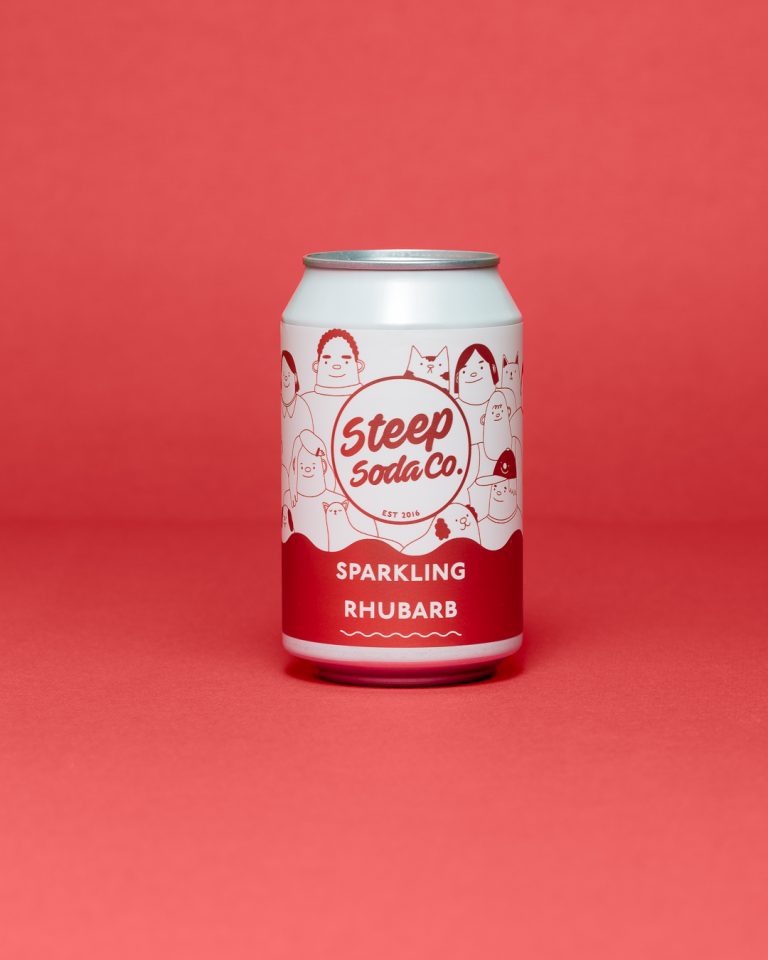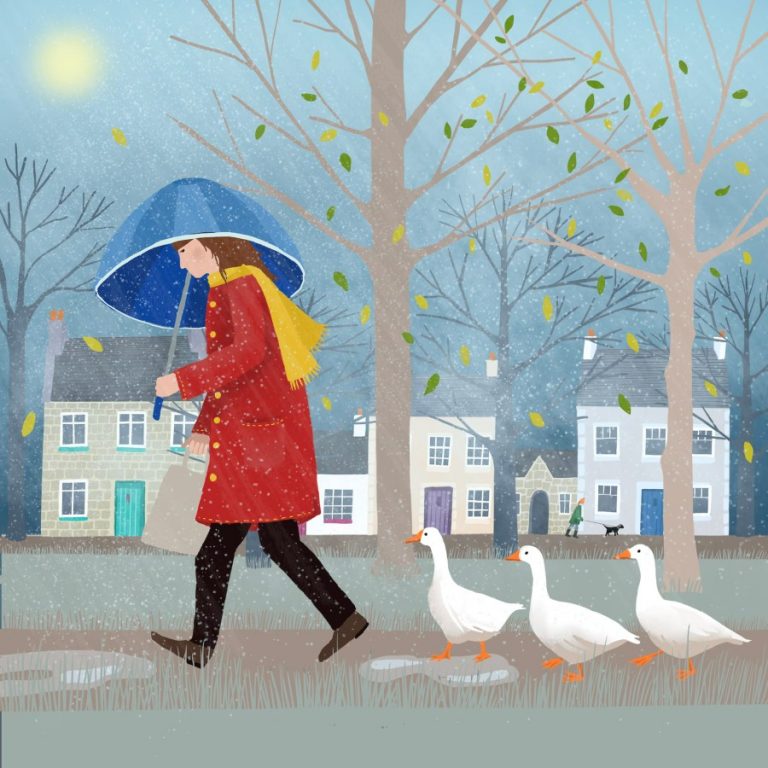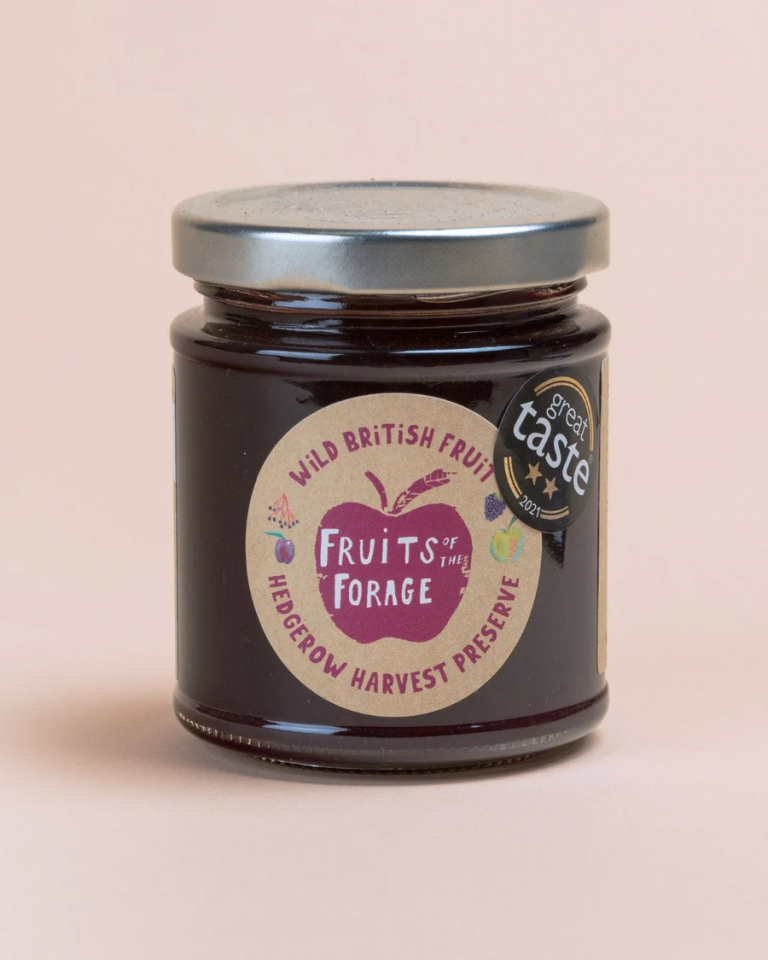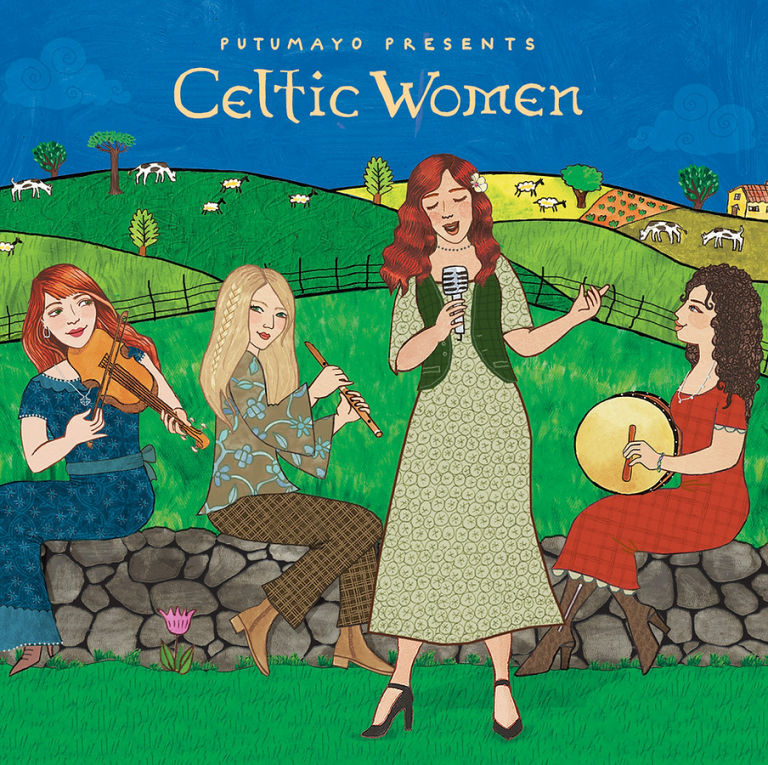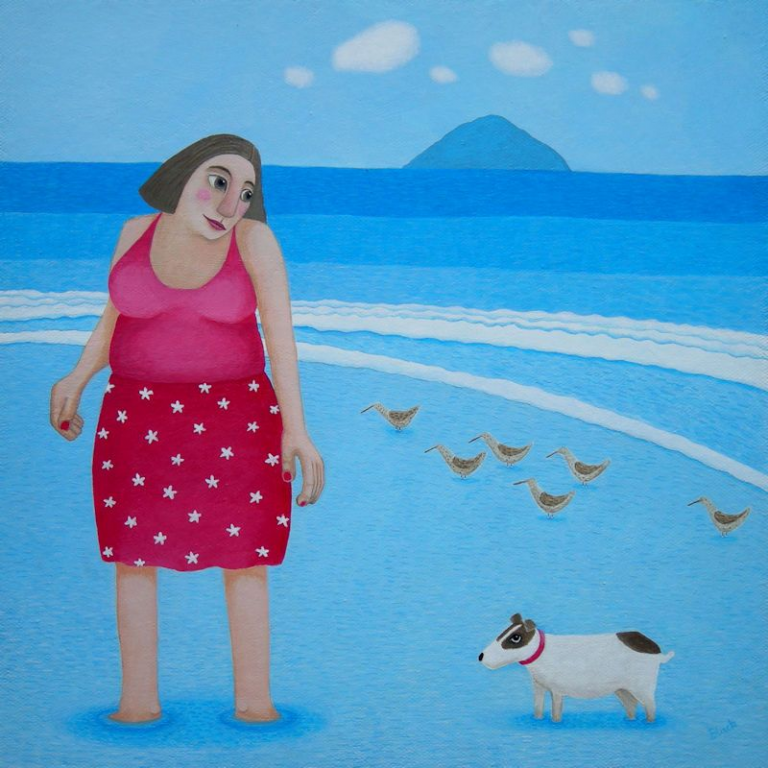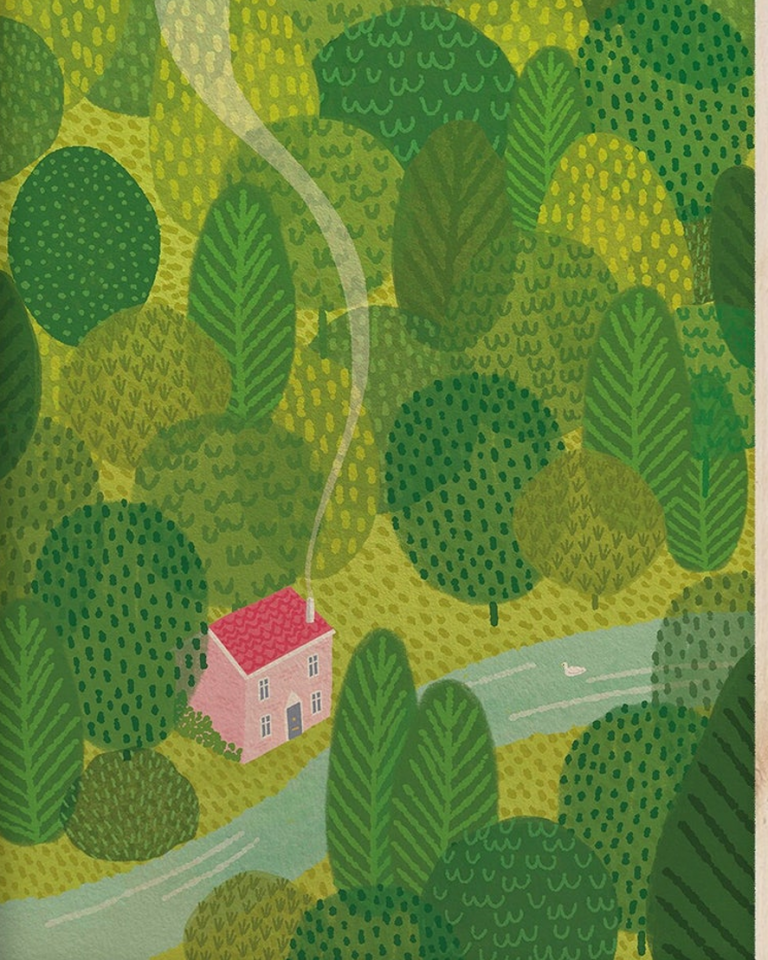
Thought Organic Cotton Face Mask
Now people have got back to normal routines in the last few years, nevertheless the pandemic has changed what everyone looks for in daily essentials. Many have become more aware of health and their impact on the planet.
Everyday decisions can help cut down on waste, support better health and keep us ready for what’s next. Let’s look at key ways to make greener, smarter choices after COVID.
Pick Organic Cotton Face Masks

Thought Face Masks are made from organic cotton, from offcuts of this sustainable fashion company. These are one adjustable size and double-layered with a pocket to fit a PM2.5 filter (not included) with elasticated over the ear straps. Machine-washable (not designed for medical use).
Do not use face masks while asleep, not on young children or people with breathing difficulties (or cannot remove masks without assistance).
If you wear disposable masks for medical reasons, snip strips before disposal, to avoid entangling wildlife. Same for littered masks.
EcoLiving Organic Cotton Face Mask is made of 2 layers of GOTS-certified organic cotton and a layer of medical-grade certified melt-blown filter, with recycled and OEKO Tex-certified soft elastic ear loops.
Includes a full length concealed nose bridge to achieve a secure fit over your nose and face. Sold in packs of 10 in a recycled fabric waste cardboard box, each one packed in a home compostable bag.
This pack of 3 fair trade organic face masks includes 1 each of red, green and black packed in an organic cotton bag (to wash them in). Each mask includes soft elastic hooks for the ears, and a nose adjuster to hold in place.
Zero Waste Hand Wash and Sanitisers
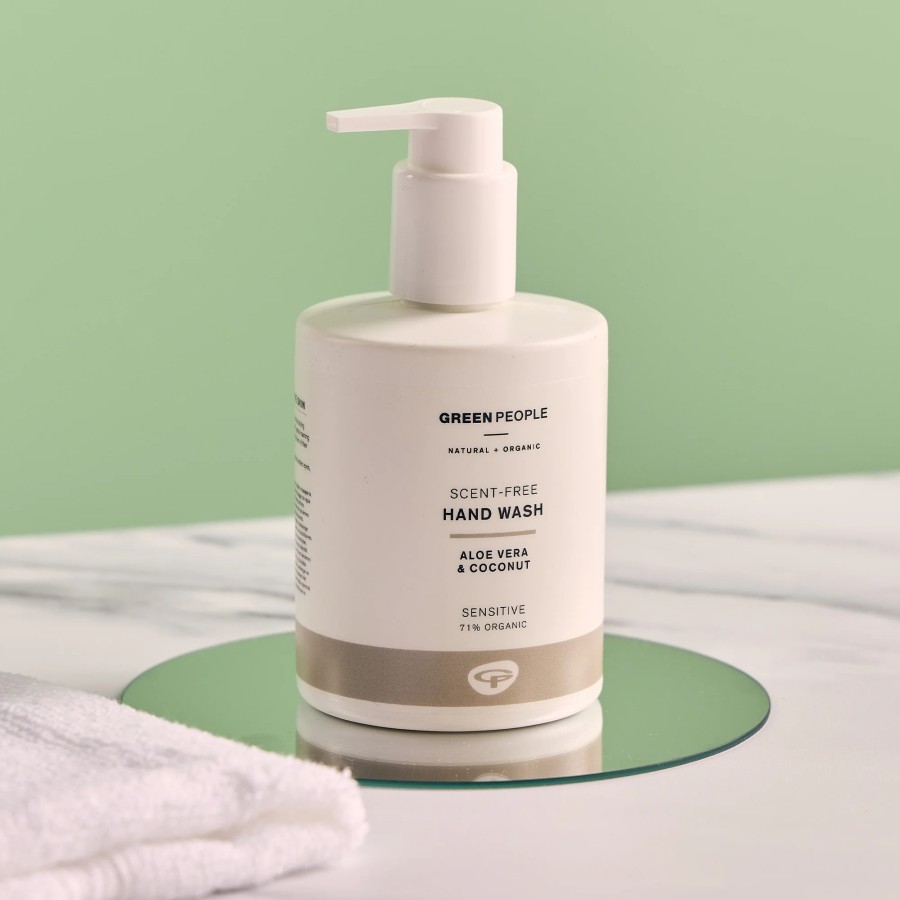
Many hand washes and sanitisers come in plastic bottles that add to pollution. Read our post on zero waste hand wash and sanitisers.
Use unscented hand washes for pregnancy/nursing and affected medical conditions. Keep scented soaps away from babies and pets (due to citrus oils).
Wash Your Hands Properly!
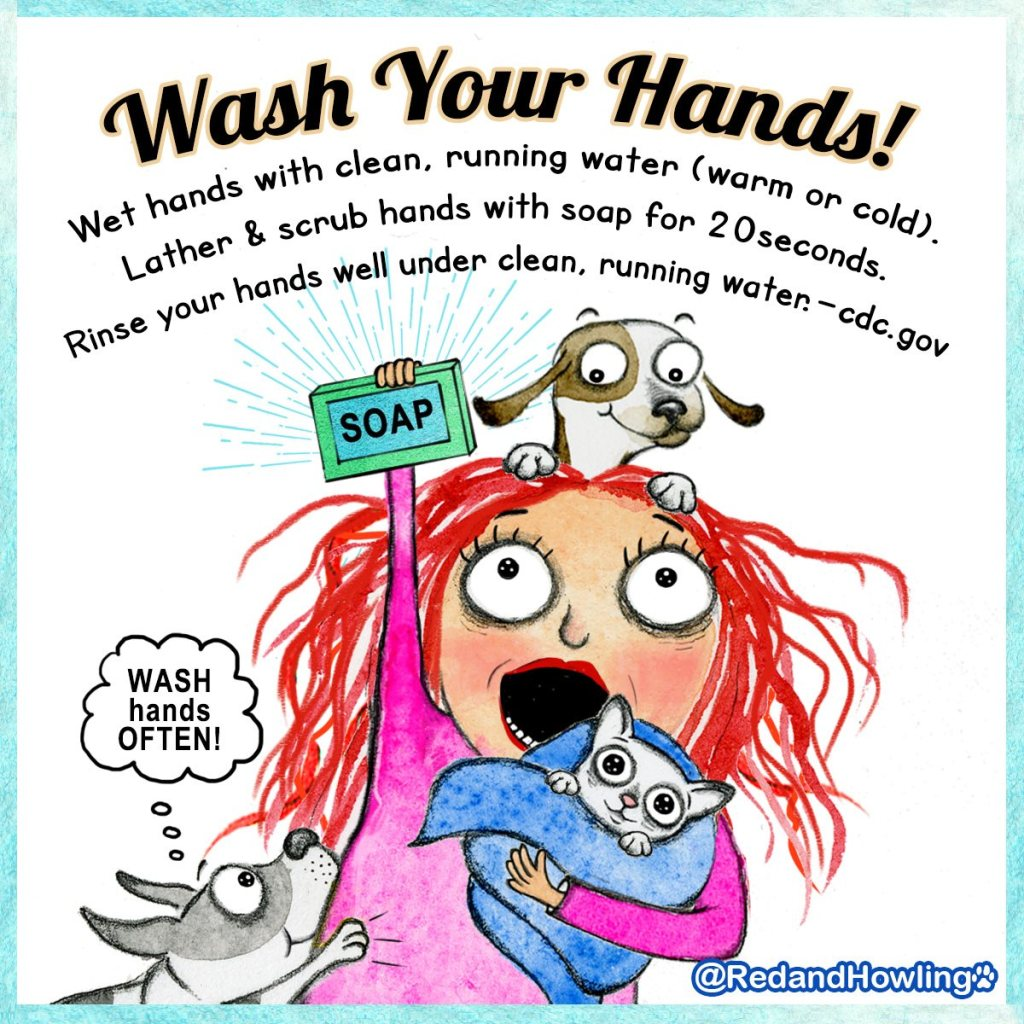
Soap and water remain some of the best ways to prevent illness, both during and after a pandemic. Scrub your hands for at least 20 seconds, covering palms, backs, between fingers and under nails.
Rinse with running water and dry with a clean towel. Good hand washing helps stop many germs and lets you cut back on unnecessary hand sanitiser use.
What Caused COVID-19?
Boston University now believes that (almost certainly), the virus started with a tiny bat inside a remote Chinese cave (believing that eating live bats at wet markets is likely how it’s spread).
What About Mpox?
And the recent cases of Mpox almost certainly began in a lab, testing on monkeys. Will the powers that be never learn? Medical experts said that it was likely we would soon get another serious virus in the UK, and that has recently happened with Mpox.
Although the risk remains low, over 1000 people have already died in Africa, and it is spreading worldwide. It is mostly caught from being bitten or in contact with infected rodents, or eating their meat.
The disease was actually first discovered in monkeys, that had been inhumanely kept for medical research. Hence the name ‘monkeypox’.
It’s known that despite being the main creatures used to try to find a cure for AIDS, researchers have never managed to create the same disease, because these beautiful creatures are monkeys, not humans. Good reason to only donate to humane research charities.
People last when they do not eat apples not meant for them. Paul Kingsnorth
A Book on Viruses (and how to stop them)
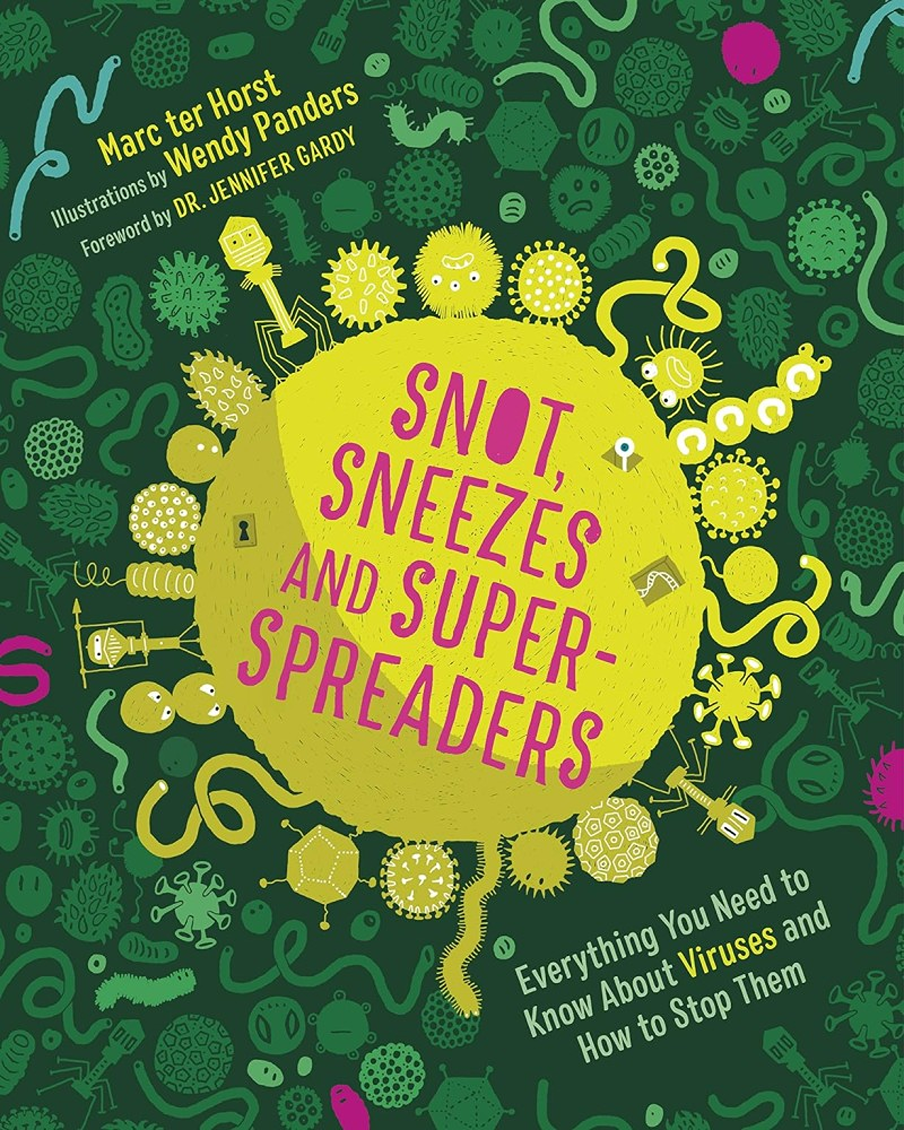
Snot, Sneezes and Super Spreaders does the impossible, and makes learning about viruses fun and interesting. Designed for children age 8 to 12 (but good reading for anyone), how do viruses become so powerful, that they can hold the world in their grip for months at a time?
What exactly is a virus, where do they come from, how do they spread and how can be protect ourselves? If we didn’t know it before, we certainly know after the pandemic that viruses can change the world.
Author Marc tackles questions with playfulness, accompanied by quirky enlightening illustrations by Wendy Panders. The book addresses pandemics in an age-appropriate way and offers history of fascinating icky diseases of the past, and how they still hang around today.
Marc ter Horst is a Dutch writer of science books for children. After studying literature, he became interested in geology, astronomy and evolution and then became an independent copywriter. He is also author of an entertaining book for children to explain climate change.
A Solution for Long COVID?
Through the Looking Glass is a book to take readers through the confusion on what long COVID is, and how to treat it naturally. Why does long COVID affect some people (and not others). And how is the best way to recover from it?
Based on over 30 years experience of studying neurolymphatics (and helping patients recover from ME (chronic fatigue syndrome) and fibromyalgia, the author shows how using his highly-respected Perrin Technique can help to restore healthy lymphatic drainage from the brain, following COVID-19 infection or vaccination.
This is a clear and concise account of the problems that lead to symptoms of long COVID, and is an ideal read for patients, health practitioners and physical therapists, who wish to understand the basics of lymphatic drainage, and how to restore it to health.
Dr Raymond Perrin qualified in 1984 from London’s British School of Osteopathy. He is a senior lecturer at University of Central Lancashire and clinical research fellow in Biology Medicine at University of Manchester.
.In 2005 he was awarded a doctorate by University of Salford, for his thesis on the involvement of cerebrospinal fluid and lymphatic drainage in ME (Chronic Fatigue Syndrome).

